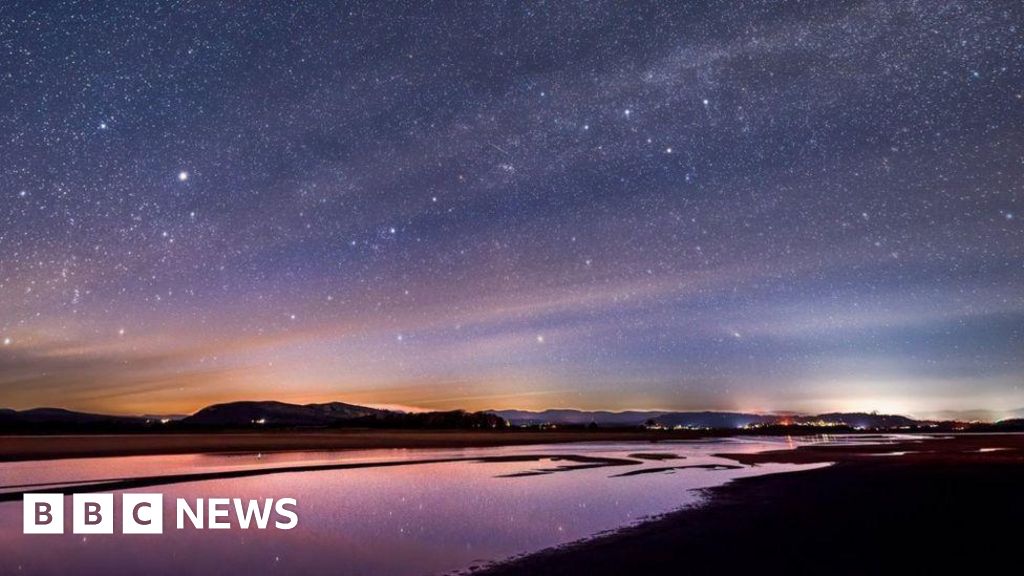DaveH
Striker
You get what you pay for. If you are looking into astrophotography then you will quickly outgrow this scope. It is not really suitable for photography.I've seen a Celestron Astromaster 80az (from Jessops), would this be a decent beginner telescope for me to investigate the sky before eventually getting around to some basic AP, or would you suggest purchase of a more capable scope?
It will be good for visual stuff. In that you will be able to get a good view of some star clusters, the moon will look impressive and although Jupiter and Saturn will appear as small dots you will see some details. If you imagine getting one of the circles cut by a hole punch and putting it at the bottom of a pint glass painted black, that is roughly how Jupiter will appear. You might not be able to make out the giant red spot but will see the two main coloured bands. You will see the rings of Saturn.
However it is manual control so you will really need to learn the sky, and that is not a bad thing. Not being motorised, things will drift out of view quickly.
After getting a telescope, the next steps for those interested in imaging are usually an adapter to put a DSLR camera on the back and effectively use the scope as a big lens. You could take a short exposure of a star field through that but if you want to do anything more, such as a deeper star field, deep sky imaging you need a scope on an equatorial mount, which will rotate to compensate for the rotation of the earth.
The other route many go down is to get a planetary camera, a high frame rate video camera and use that to image the moon and planets. For that, while an equatorial mount is best and Altz/AZ mount (like this) is suitable. Basically an AZ mount does up/down, left/right. When motorised it will track objects by moving in two directions to compensate for the rotation of the earth, though the object will appear to rotate in the field of view slightly. This makes it fine to do a 1 minute video* of the moon or planets, but makes it unsuitable for longer exposures for deep sky imaging. But the key is, it has a motor. If you try to do planetary imaging without a motor you will find it drifts out of view in seconds.
Any equipment and any telescope that improves on what you have, if it is enough to get you hooked and see more, has benefits. But given the questions you have asked, I suspect you will be getting rid of that and looking for more with in the year. If you don't have the budget for more then got for it, because once you find some of those clusters (M13 in Hercules!) your mind will be blown and leave you hungry for more, where as you might otherwise have not bothered. But my advice is either look to pay more for something that will last or if that really is your limit (by the way you might save up to £10 more shopping around), then keep the box, the manuals etc and that will get a much better price on eBay in 12 months time.
* quick explainer. When imaging the moon and planets, you take a video with a high frame rate camera. You then load it into special astronomy software which pulls the video apart frame by frame, attempts to align each frame to account for any drift and then looks at each region of the image. For each small region it pulls out the most clear shot of that section from the entire video and "stacks" that as the final image. Atmospheric disturbances will give any image a clear wobble throughout. Once a clear part has been found for each region, they are joined together for a final crisp image.
I have a motorised AZ mount and using a high zoom factor and video camera, I can do some detailed images of the moon, but I can't fit it all in the same shot. So I take a number of different shots of each part (I think a full moon can be around 10 sections) and join them together once complete. By the time I'm adding in the last section, I'm having to rotate it by a few degrees to align properly. If you consider there are 60x24=1440 minutes in a day and the earth rotates 360 degrees in a day, then the earth rotates 1/4 degree every minute. If I take 10 x 1 minute videos of each section of the moon and spend 1 minute repositioning the camera and doing software stuff between, then I take 20 minutes to image the whole lot. Earth has rotated by 5 degrees in that time, so the moon appears to be rotated by 5 degrees from the first shot shot of the mosaic to the last!


